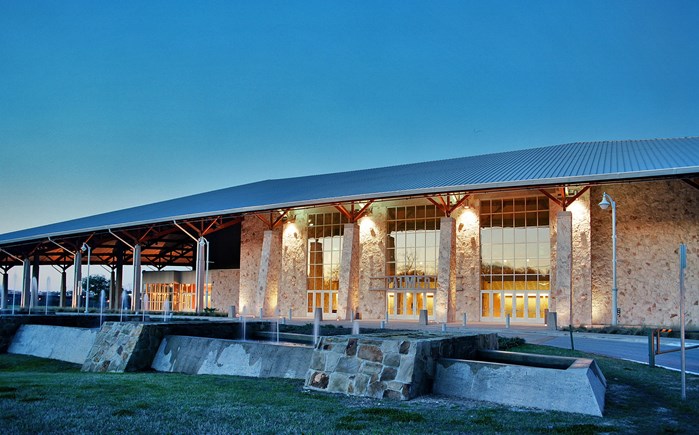The “Sustainability begets resilience” blog ended with a nod to rooftop energy production. So, how will you respond when, not if, a building owner asks you about rooftop solar energy? An appropriate and accurate answer is, “The combination of a metal roof and solar energy is a recipe for a long-term, high-performance roof system,” or something like that. The fact is a metal panel roof is an ideal substrate for a solar energy system.
Installation Methods
Solar energy is the broad term for two sub-categories: photovoltaic (PV) systems (electricity) and solar thermal (hot water) systems. Besides the obvious differences, the rooftop attachment concepts for both systems are quite similar. PV panels and solar thermal panels are commonly rigid with metal frames. Attachment to metal roofing panels can be direct or include rails. Both methods use a customized clip that attaches to the metal roofing panel seam; then, metal-framed PV panels or rails are attached. The need for rails (think “purlins”) depends on the seam spacing and layout of the roof panels relative to the size and layout of the PV or solar thermal panels. Overall roof slope matters, too. Directly attached solar energy systems match the slope of the roof, which is not necessarily the optimum slope for energy production.
Structural & Performance Requirements
Other considerations include the structural load, fire resistance, wind resistance and the use of code-approved materials and components. A solar energy system adds weight to the roof. Does the structure need updating to carry the gravity load as well as any increased wind uplift loads? Adding panels to the roof will increase the sliding load (i.e., drag load) on the clips holding the roof panels to the substructure. And let’s not forget about the potential for snow retention or increased snowdrifts that will add weight.
Fire and wind resistance should be discussed with the manufacturer or designer of the PV or solar thermal system. Fire and wind design are incredibly important, and there are very specific code requirements to meet.
Layout Considerations
Rooftop layout of solar systems, especially PV, should not block drainage or impede roof maintenance. Also, clearance at roof perimeters and access to critical roof areas (e.g., drains, rooftop units) is necessary. Last but certainly not least, check with the metal panel roof system manufacturer about warranty issues regarding a rooftop solar energy installation.
While there are many things to consider when installing solar energy systems on roofs, the long service life of metal panels and the ease of installation certainly make metal roofs and solar energy a great combination!

